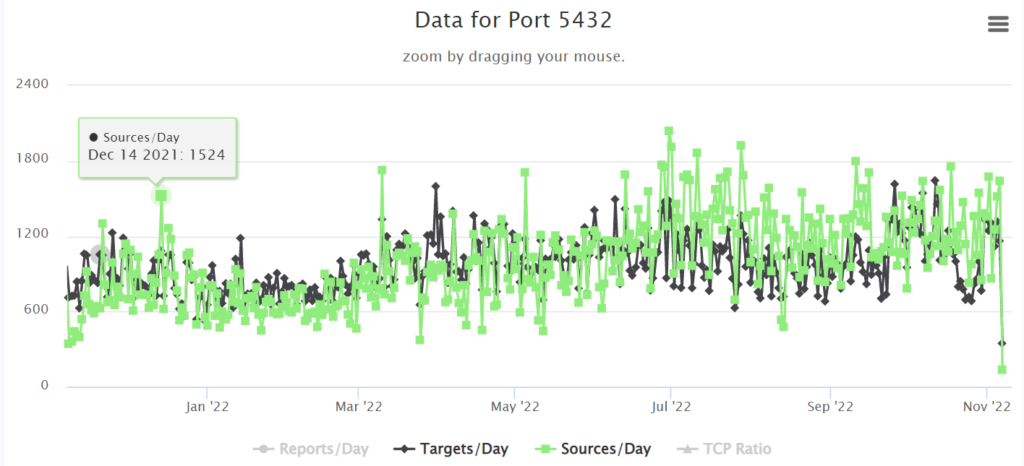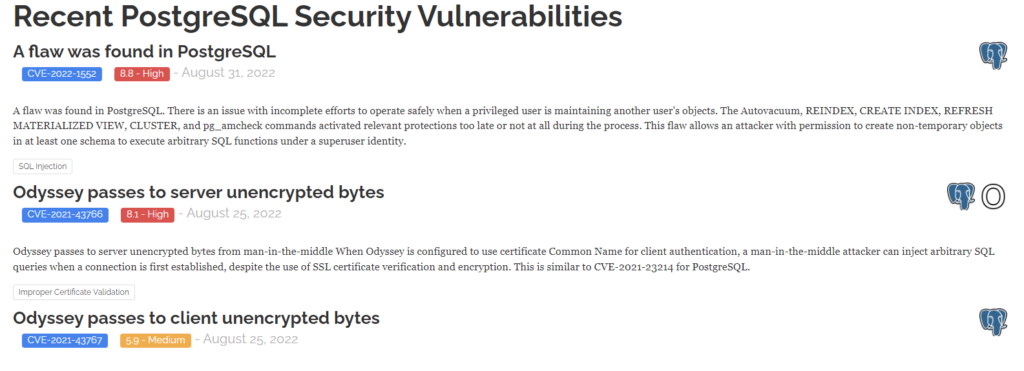In today’s digital age, where online interactions have become an integral part of our daily lives, ensuring the security of your website has never been more crucial. Cyber threats and attacks are on the rise, putting sensitive data, user privacy, and even business reputation at risk. As a leading provider of website security solutions, we understand the importance of safeguarding your online presence. In this article, we delve into the realm of website security, offering valuable insights and practical steps to help you fortify your website against potential vulnerabilities and outrank other websites in Google search results.
The Rising Threat Landscape
Cybercriminals are becoming increasingly sophisticated in their methods, constantly seeking new ways to exploit weaknesses in websites. From data breaches and malware infections to hacking attempts and distributed denial-of-service (DDoS) attacks, the threat landscape is diverse and ever-evolving. It is imperative for website owners to adopt a proactive approach to protect their digital assets.
Understanding Website Vulnerabilities
Before we delve into effective security strategies, it is essential to understand the common vulnerabilities that can be exploited by malicious actors. By gaining insights into these weak points, you can take appropriate measures to mitigate potential risks. Here are a few noteworthy vulnerabilities:
1. Outdated Software and Plugins
Running outdated versions of content management systems (CMS) or using obsolete plugins can open doors for cyber attackers. These outdated components often have known vulnerabilities that can be easily exploited.
2. Weak Authentication Mechanisms
Weak passwords, default login credentials, or lack of two-factor authentication (2FA) can leave your website susceptible to brute-force attacks or unauthorized access attempts.
3. Insecure Communication Channels
Failure to implement secure communication protocols, such as SSL/TLS, can expose sensitive data to eavesdropping or interception by malicious individuals.
4. Cross-Site Scripting (XSS)
XSS attacks occur when an attacker injects malicious code into a website, which then gets executed by unsuspecting users’ browsers, potentially compromising their data or exposing them to further attacks.
5. SQL Injection
SQL injection attacks exploit vulnerabilities in web applications that do not properly validate user input. Attackers can manipulate database queries, potentially gaining unauthorized access to sensitive information or modifying data.
Effective Strategies for Website Security
To outrank other websites and establish your online presence as a reliable and secure destination, it is crucial to implement robust security measures. Below, we outline key strategies that will help safeguard your website:
1. Regular Software Updates and Patching
Keeping your CMS, plugins, and other software components up to date is paramount. Developers frequently release security patches and bug fixes to address vulnerabilities. Staying current with these updates is vital to ensure your website remains secure.
2. Strong Authentication Practices
Implementing strong passwords, enforcing password complexity rules, and encouraging the use of 2FA significantly enhance your website’s security posture. By adding an additional layer of verification, you mitigate the risk of unauthorized access.
3. SSL/TLS Encryption
Securing your website with SSL/TLS certificates ensures that data transmitted between your users and the server remains encrypted and cannot be easily intercepted or tampered with. This fosters trust among visitors and can positively impact your search engine rankings.
4. Web Application Firewalls (WAF)
Deploying a WAF helps protect your website against common vulnerabilities, such as XSS and SQL injection. It acts as a shield, analyzing incoming traffic and filtering out potentially malicious requests, ensuring the integrity of your website’s data.
5. Continuous Security Monitoring
Utilize robust security monitoring tools to detect and respond to potential threats in real-time. Implementing intrusion detection systems (IDS)










